Time to prepare your Christmas Cactus for holiday blooms. Learn what to do in October for a healthy and stunning festive display!
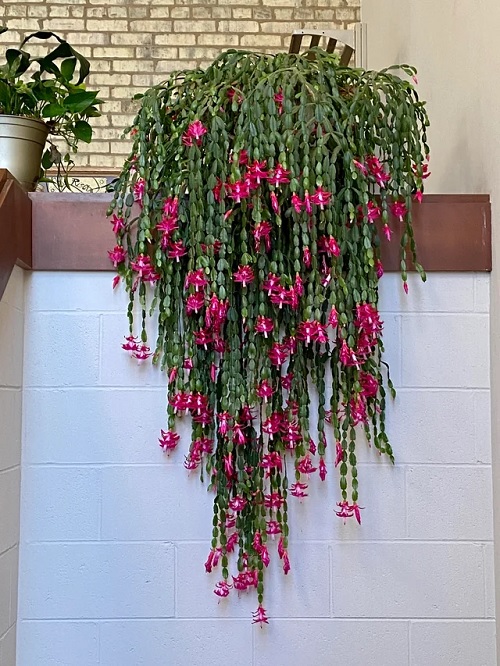
October is the month when your Christmas Cactus quietly switches from growth to bloom mode. Those flower buds you’ve been waiting for finally start forming now. Their size, color, and number of blooms depend entirely on your care this month, so let’s set things straight before the show begins.
Things to do with your Christmas Cactus this October
1. Bud Formation
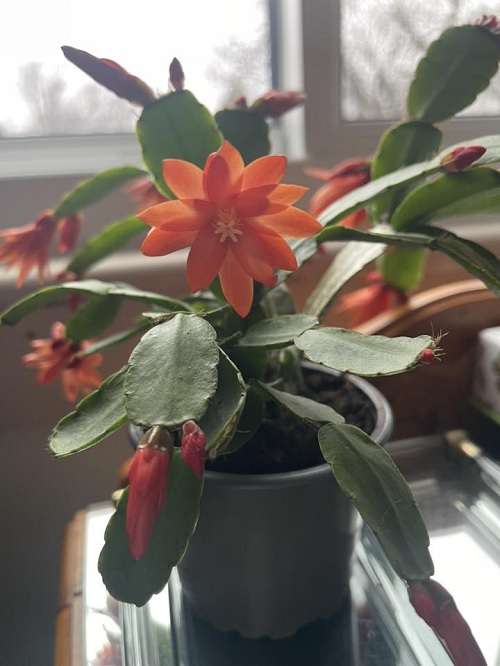
When the cycle of the seasons is about to reach its end, the Christmas Cactus wakes from its resting phase and prepares to bloom. Some of you may notice tiny buds forming along the stem tips; this is the most sensitive and delicate stage of its growth.
However, you might miss this bud formation stage if you skip the dark period in September. But don’t worry, we’ve got you. You can still do the 12–14 hours of uninterrupted darkness routine at the beginning of October, which will help initiate bud formation; however, the bloom timeline may shift slightly.
2. Darkness Period
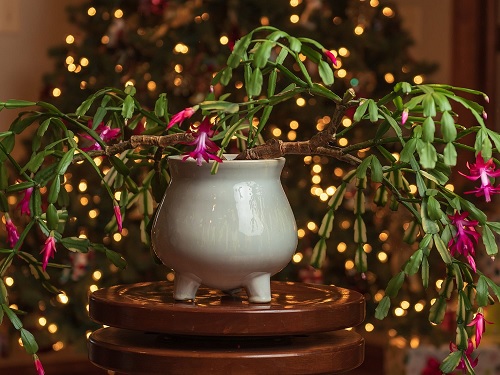
The darkness routine requires you to keep your cactus in 12-14 hours of complete darkness every night for 5-6 weeks. You can cover it with a cloth or place it in a dark corner during those hours. Make sure neither natural nor artificial light interrupts its bud formation, so keep the cactus secure in that way.
Maintain steady humidity and keep the air a little cool (60 °F or 15 °C). This will help mimic the natural mountain habitat and help the buds to mature evenly without risking them drying out.
3. Epsom Salt for Bud Strength

Once in month, mix half a teaspoon of Epsom Salt (Magnesium Sulfate) in one liter of water and use it instead of regular watering. Magnesium supports chlorophyll production and helps in bud formation, which is why October is a suitable month for it.
An added benefit to your Christmas Cacti would be when it brings a subtle boost to help them grow better. But remember, this has to be done only once and in a diluted consistency.
4. Let it remain Slightly Thirsty
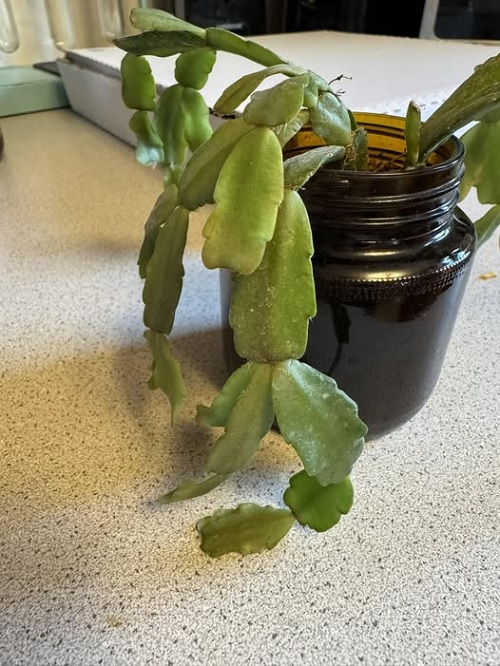
Water is crucial for survival, but mindful watering is essential in October. The cactus will need hydration, but constant watering will lead to overwatering, root rot, and bud drop. If the top inch of the soil feels dry before watering again, only then water; otherwise, refrain from doing so.
As days get cooler, the plant’s saturation needs drop naturally. Watering it deeply 2-3 times in the whole month is actually sufficient. While doing this, avoid letting the soil go dry wholly, as that can stress the roots and delay blooming too.
5. Consistent Temperature is the Key
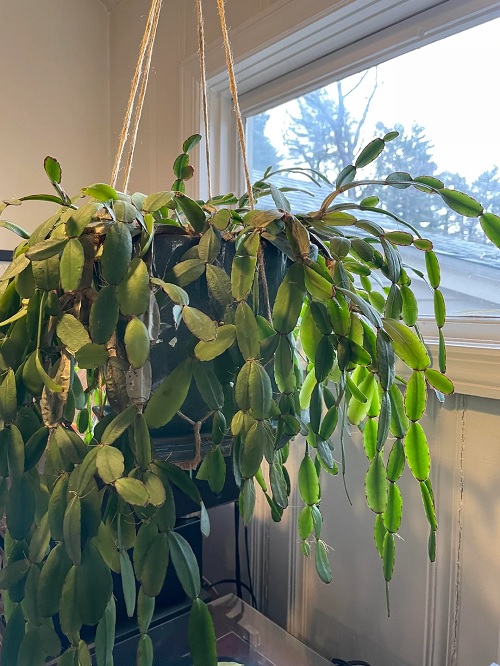
Everyone loves consistency, and so does your cactus. It loves steady and predictable conditions. Keep them in rooms where daytime temperatures stay around 15°C to 21°C and nighttime temperatures see a mild dip around 10°C to 13°C. These mild nighttime drops are what actually trigger blooming, along with a fixed period of darkness.
Avoid placing them near heaters, vents, or cold windows. A sudden shift in temperature might confuse the plant’s internal clock and may cause bud loss. If you have just brought it indoors, let it adjust for a week before making any changes.
6. Better Blooms for Mildly Root-Bound Plants
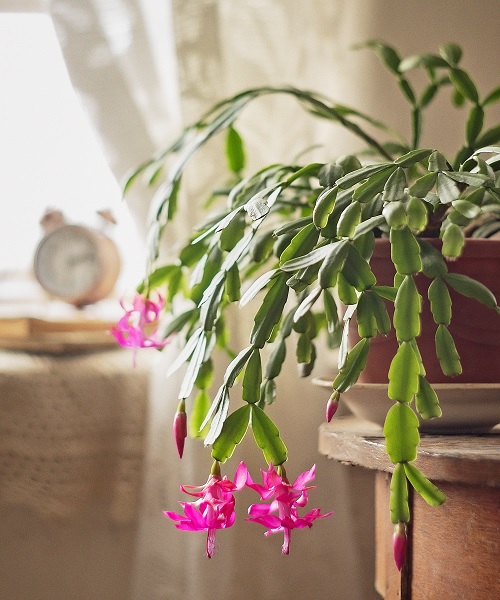
They can naturally grow in tight spaces. In the wild, they cling to rocks or tree crevices with roots that are compact but healthy. By slightly restricting the roots, the plant redirects its energy from vegetative growth to flowering, triggering it to bloom more healthily. This technique encourages vibrant flowers.
Do not repot in October because the roots may consider this as stress and skip blooming this year. A pot that is not oversized and where the roots fill it, but are not overfilling, encourages bigger and vibrant blooms. A slightly snug pot can actually boost blooming, rather than encouraging excessive leaf growth, choose your perfect match.
7. No Movement Zone in October
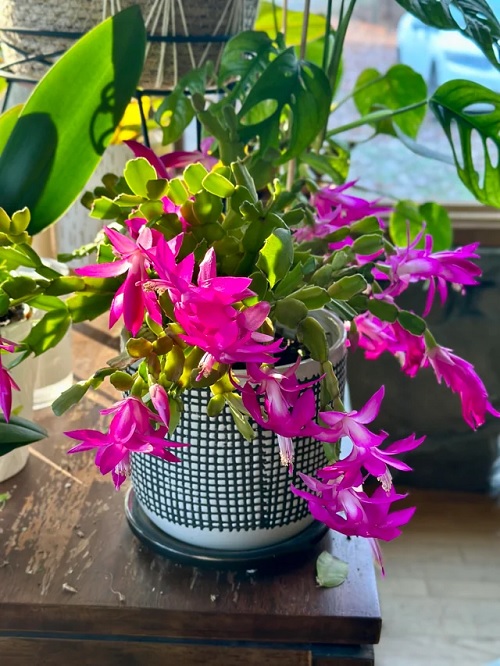
Do not shift your plants; resist the urge to shift or turn them after you see the buds growing or after the dark phase has been completed. A Christmas cactus remembers its light direction and surroundings. A small move could also hamper its orientation and cause buds to fall or flowers to drop.
So you can practice this method where you find a place with bright indirect light and leave your plant there until it finishes blooming. If there is a need to move it, mark the side facing the window so it goes back exactly as before.
8. Proper Humidity is also a must
Indoor air in October starts to get drier as we start to switch on the heating systems. Keep the humidity level around 50–60%, which keeps buds plump and prevents edges from getting tiny.
To maintain humidity, use a pebble tray with water under the pot, ensuring the pot doesn’t sit in water. Avoid misting at night to prevent fungal attacks. Instead, try grouping your cactus with other houseplants to create a humid microclimate.
9. Skip Fertilizers

October is not a feeding month. Your cactus is focused on bud formation, not leafy growth. Fertilizing now can interrupt blooming, so let it use stored nutrients instead. Resume a mild fertilizer routine after flowering ends in January or February to support fresh growth.
By following these tips, you’ll see how your Christmas Cactus rewards you with lush and bushy, adorable blooms. But make sure to nurture it well so that it does not reconsider blooming. Let us know in the comments how your journey has been.





